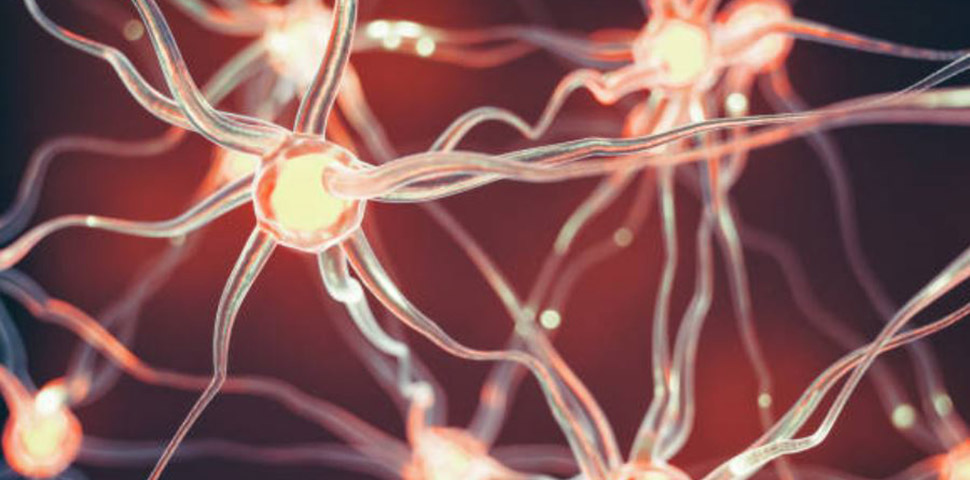Principal Investigators: Joseph Starobin, Vivek Vardarajan
Application Number: 14/475,949
UNCG Innovation: 11-0016
Category: Nanoscience
Description:
The present invention overcomes limitations of the conventional FES method and implements a novel technique of applying distributed sequence of secondary subthreshold stimuli resonant with a frequency of primary stimulations. The present invention is based on the discovery that such non-linear resonant frequency locking stabilizes propagation at higher primary stimulation frequencies, thus, facilitating conditions for more effective restoration of paralyzed muscles. This method can be especially instrumental in tissues with severely impaired conductivity where propagation of a primary wave alone without resonant secondary stimuli would be completely blocked.
A first aspect of the present invention is a method of stimulating excitable tissue by resonant spatially distributed stimuli to provide greater stability of propagation of a primary excitation wave. The method comprises the steps of:
(a) determining if the primary rhythm contains a propagation block at a particular primary stimulation frequency;
(b) if yes, applying additional sub-threshold stimuli at a secondary stimulation frequency after the first primary wavefornt passes the last electrode in the chain of secondary stimulation sites;
( c) continuing sufficient number of primary and secondary stimulation sequencies and rechecking for propagation block;
(d) adjusting the number and frequency of secondary stimuli if a propagation block is still present;
( e) repeating steps (b )·( d) until a resonant frequency locking is achieved and each primary wave results from a single corresponding primary stimulation without intermediate propagation blocks.
A second aspect of the present invention is a system for implementing a periodic sequence of primary and secondary stimuli. The system comprises (Fig. I):
(a) implantable device with a primary electrode and a: grid of secondary electrodes which together form a one-dimensional array of stimulation sites;
(b) percutaneous receiver/stimulator
(c) external controller/transmitter
The system has four major functions. The first one is using primary electrode to deliver over-threshold stimuli to initiate a chain of primary excitation waves. The second one is using an electrode array and receiver/stimulator to detect conduction blocks that prevent the primary excitation wave to propagate between any pair of successive stimulation sites. The third function is using controller/transmitter to transmit a corresponding signal and adjust stimulation parameters accordingly if a conduction block has been detected. The fourth function is using receiver/stimulator to deliver secondary sub-threshold stimulation pulses, which stabilize propagation of a marginally stable primary excitation wave.
The magnitude of stimulation parameters and a number of stimulation sites activated during such a feedback process can be adjusted either automatically or using manual programming of an external controller.
Inventor info: Joseph Starobin
- https://jsnn.ncat.uncg.edu/people/faculty/faculty-nanoscience/joseph-m-starobin-ph-d/
- https://snaccooperative.org/ark:/99166/w6gq6w9g
- https://scholar.google.com/citations?user=9-KR9XoAAAAJ&hl=en
- https://libres.uncg.edu/ir/uncg/clist.aspx?id=1942
- https://www.northcarolina.edu/content/Joseph-Starobin
- https://www.researchgate.net/profile/Joseph_Starobin
Inventor Info: Vivek Varadarajan
- https://www.linkedin.com/in/vivek-varadarajan-4694154?trk=people-guest_profile-result-card_result-card_full-click
- https://libres.uncg.edu/ir/uncg/clist.aspx?id=4339
Media:
